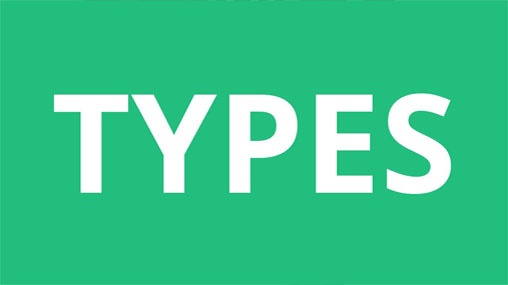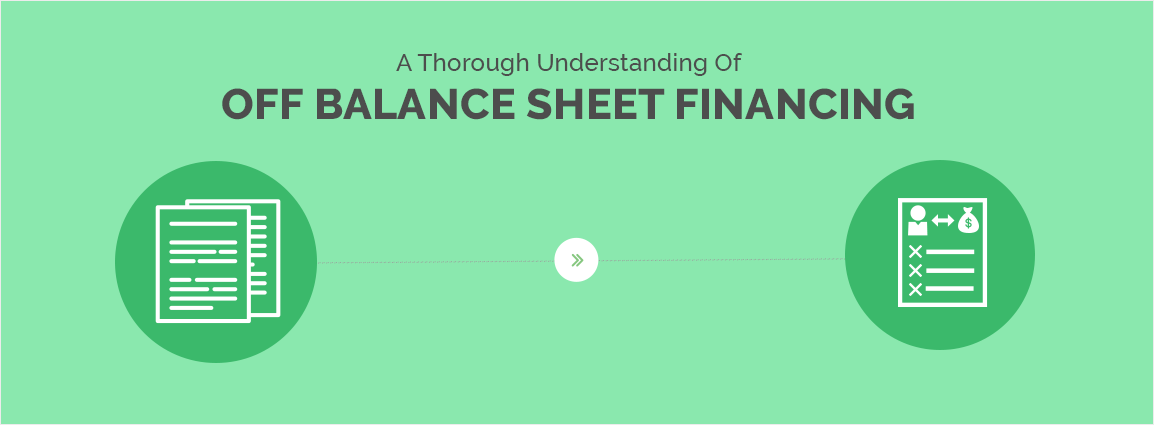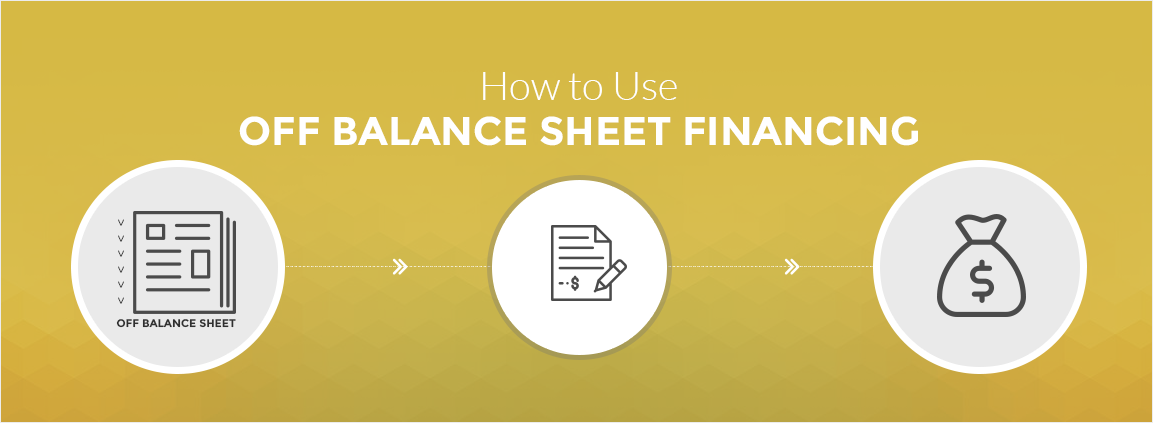Are you planning to purchase something for your business but you’re worried about your borrowing limit?
Many companies have experienced wanting to pursue a purchase, only to discover that their borrowing limit will unable them to do so. If this has happened to your company before, then off balance sheet financing might just be the solution for you.
But how exactly can it help a company’s borrowing capacity and credit risk?
In this article, we’ll discuss the off balance sheet financing and its different types. I’ll help you understand this financing so you can maximize the borrowing capability of your business.
Off Balance Sheet Financing Explanation
Off balance sheet financing comes in different types, with each one specifically designed for a certain industry. But before we elaborate on them, it is important to know exactly what off balance sheet financing is.
\What Is Off Balance Sheet Financing
Also known as incognito leverage, off balance sheet financing is an asset, debt or a financing activity that is not shown on the company’s balance sheet. Despite this, it is a legitimate and a permissible accounting method that is recognized by Generally Accepted Accounting Principles or GAAP.
GAAP is a common set of accounting principles, standards and procedures meant for companies to follow regarding the compilation of their financial statements. It ensures a minimum level of consistency and makes it easier for investors to analyze and extract useful information from a company.
.jpg?width=335&name=off%20balance%20sheet%20financing%20-%20goal%20(1).jpg)
The Goal Of Off Balance Sheet Financing
Debts, such as bank loans or bonds, often entail requirements known as debt covenants from companies in order for them to be deemed eligible. One such requirement is the maintenance of a positive debt-to-equity ratio.
This is becomes an issue for companies when they are deciding on a large equipment purchase. Using debt financing could result in non-compliance with their debt covenants, triggering a default. With off balance sheeting, these large capital expenditures are kept off balance sheet, resulting in low debt-to-equity and leverage ratios.
The primary goal of off balance sheet financing then is to reduce or maintain a company’s debt in manageable or in average ratio. It can also lower borrowing rates or manage the credit risk of the company.
In addition to this, off balance sheet financing can also help a business purchase a commodity even despite being close to their borrowing limit. This is done by lowering their borrowing rates or managing the credit risk of the company.

Types Of Off Balance Sheet Financing
Some economic transactions are not recognized in the financial statements of a company as they do not qualify as accounting assets or transactions under the standards of GAAP. Identifying these unreported assets and liabilities still remains crucial given their real cash flow consequences.
Here are the 7 types of off balance sheet financing that you should know:
1. Operating Lease
An operating lease will provide an opportunity for the company to utilize the asset that they leased. This will assume the existence of a contractual obligation for the company to pay the lessor during a specific period of time that they agreed on. There is also the option of not reporting the leased asset.
2. Take-Or-Pay Contract
A take-or-pay contract is an agreement between two parties: the buyer and the seller. This states that the buyer will pay a certain amount of money even if the product or the service is not provided.
This contract is used in order for companies to ensure their suppliers construct the materials needed to sustain their operations. If the company decides to not purchase the materials from the supplier, they will have to pay a certain amount to the supplier.
This helps the company by allowing them to acquire the use of an asset without the need to record it as such. This off balance sheet financing is most common in the natural gas, chemical, metal, and paper industry.
3. Throughput Arrangements
This throughput arrangement is commonly used by natural-gas companies, when it comes to their pipelines or processors. This arrangement helps ensure distribution or processing for the company. The effects of this arrangement are just the same with the take-or-pay contract.
4. Commodity-Linked Bonds
This is used by natural-resource companies to finance inventory purchases. In this case, interest and/or principal repayments are the function of the price of the underlying commodity.
5. Sale Of Accounts Receivables
Selling its accounts receivables can help reduce the debt or improve the financial position of a company. This provides the buyer a limited recourse to the company.
However, the limited recourse provision is expected to be above the loss ratio on the receivables, giving allowance for doubtful accounts. Potential liabilities associated with the buyer recourse provision will not be displayed on the company’s balance sheet.
6. Joint Ventures
Companies enter into a joint venture with a supplier or other company through a take-or-pay or throughput contract. This enables them to obtain financing for their joint venture, which demands minimum payments to meet the requirements for debt-service.
There is also direct or indirect guarantees when it comes to joint ventures. Companies under joint ventures will account their investment through the use of the equity method as neither of the two companies holds a controlling interest.
7. Investments
Some companies will issue long-term debt can be exchanged for common shares of another publicly-traded company. With the debt secured by another liquid asset, the company can get a smaller interest expense on the loan. Companies with a large capital-gain liability on stock held also use this issuance.
The biggest concern for those who choose to do this is the tax liability of the large capital-gains that they would have to pay. Even if they default on the loan, they will still have to exchange the debt for a number of securities it holds.
The Importance of Off Balance Sheet Financing
Off balance sheet financing is most often used by companies in order for them to comply with financial covenants.
The benefits of using off balance sheet financing for companies are:
- It helps preserve their borrowing capacity.
- It can help them lower their borrowing rates and manage their credit risk.
- It can often create liquidity for a company. For example, if a company uses an operating lease, the capital will not be tied up as the company will only be paying for the rental expense.
Final Thoughts About Off Balance Sheet Financing
In this blog post, we discussed everything that you might need to gain an understanding of off balance sheet financing. This is particularly important for companies that are concerned with their borrowing capacity.
We started by defining what off balance sheet financing is and the purpose behind it. Afterwards, we enumerated the different types of off balance sheet financing, namely:
- Operating equipment lease
- Take-or-pay contract
- Throughput arrangements
- Commodity-linked bonds
- Sale of Accounts Receivables
- Joint ventures
- Investments
We concluded by discussing the various benefits of making use of off balance sheet financing when purchasing equipment for companies by preserving the borrowing capacity and creating liquidity.
If you have any questions about off balance sheet financing to purchase equipment, please feel free to call us Trust Capital USA: 866-458-4777.

 (866) 458-4777
(866) 458-4777

 Paul Kendall
Paul Kendall






